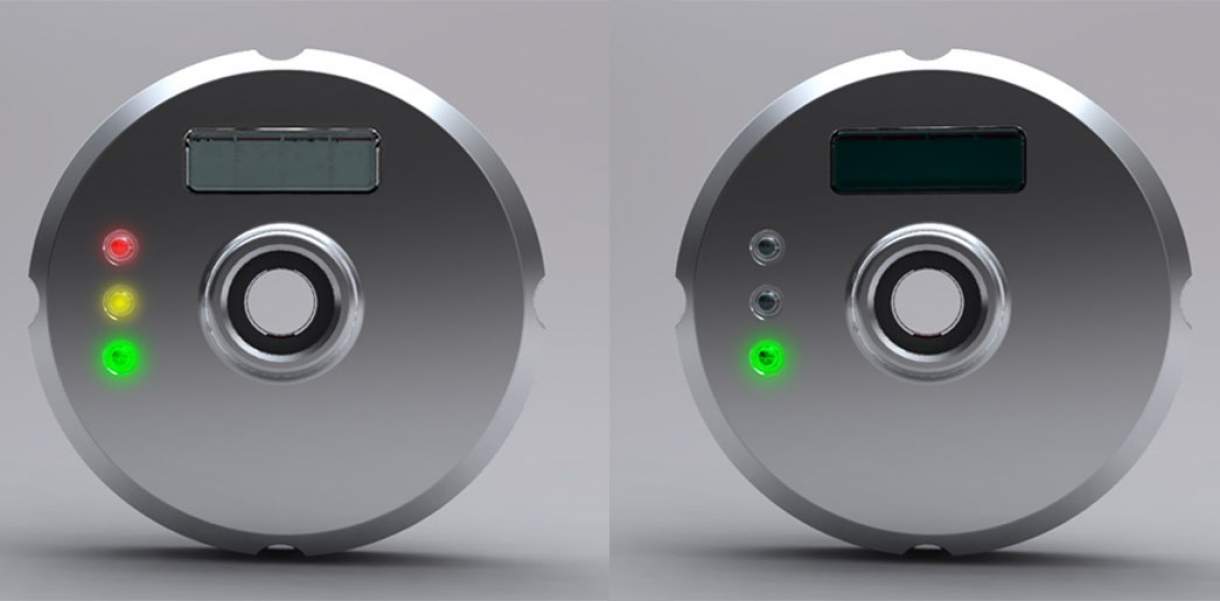One quarter of the world’s electricity comes from burning cheap coal, which pollutes, warms the planet and acidifies oceans. But coal-fired generation may double by 2030, as developing nations strive to support billions.
Can we lift our global living standards yet preserve our ecosystems? The humpback whale has showed us a way, according to Dr. Frank Fish, innovator behind Whalepower Tubercle Technology.
Inspired by the flippers of humpback whales, the design addresses the fundamental limitations of conventional aerodynamic performance such as instability of supply and power generation as a result of poor wind. These “tubercles” keep air attached to the blades, preventing it from falling off the tips. This flow management increases lift while greatly reducing stall and noise.
One day, Dr. Fish, who studies how marine animals move, noticed a humpback whale sculpture with bumps on the leading edges of its flippers. Strange, he thought, since flippers are wings that should be smooth. Soon, Dr. Fish and his colleagues showed that these “tubercles” enhance humpbacks’ turning agility.
“Our design applies lessons learned from humpbacks,” he explained. “Our tubercled fan blades move 25 percent more air with 20 percent less power. Tubercled turbines will spin more electricity from water, steam, gas, or wind, while tubercled fans, pumps, and compressors will use much less energy. Human-designed tubercles will cut demand for coal. Economies can grow yet reduce the damage done.”
Designed by
Dr. Laurens Howle (principal designer), Durham - North Carolina, United States
Website
www.whalepower.com






